Broadcast Seeding
Ensure that your soil is stabilized and your land is ready for vegetation by hiring Grass Plus, Inc. for broadcast seeding services.
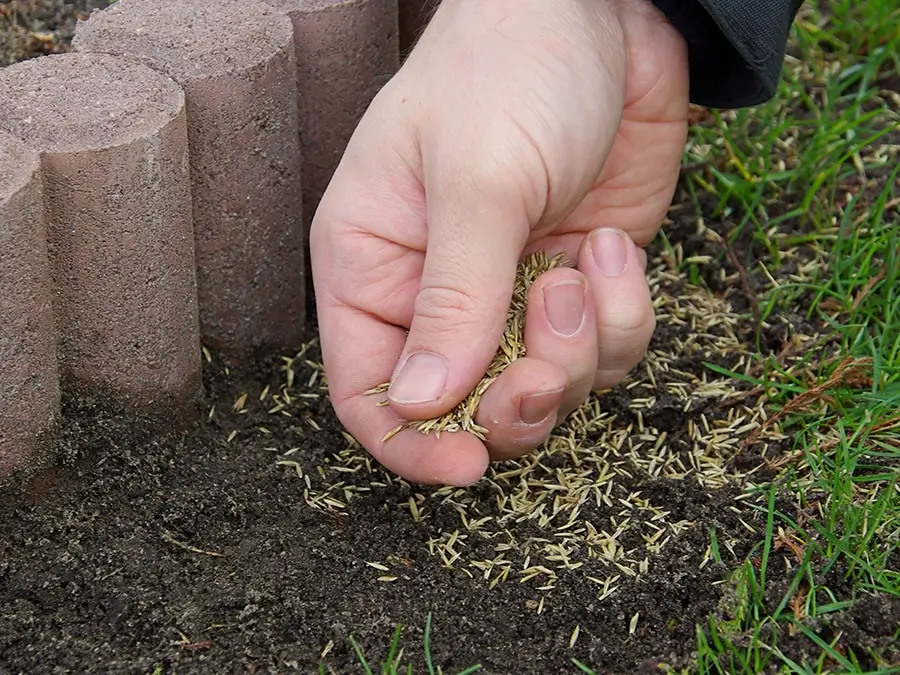
Professional Broadcast Seeding Services
When it comes to proper agriculture, distributing seeds evenly and establishing vegetation are a must. An effective method that allows one to do so is broadcast seeding. What it does is stabilize soil and prevent erosion. It’s cost-effective, as it minimizes labor costs, and is beneficial even in challenging terrains and inaccessible locations.
Grass Plus, Inc. provides expert broadcast seeding services. Our team utilizes specialized equipment to ensure even seed distribution. We carefully select the appropriate seed varieties based on site-specific conditions and project goals. Whether for habitat restoration or erosion prevention, we deliver outstanding broadcast seeding solutions for sustainable land management.
Our Broadcast Seeding Process
Grass Plus, Inc. ensures efficient broadcast seeding services, which promote healthy vegetation growth, soil stabilization, and the restoration of diverse ecosystems. Here’s the process we follow when we conduct broadcast seeding:
1. Assessment
Our team begins by assessing the project site, taking into account soil conditions, terrain, and project goals. We consider factors such as seed selection, site preparation, and timing.
2. Seed Selection
Based on the site assessment, we carefully select the appropriate seed varieties that are well-suited to the local climate, soil type, and desired vegetation goals. We prioritize native and adapted species for ecological restoration and biodiversity enhancement.
3. Site Preparation
We prepare the site by removing debris, weeds, and any obstacles that may hinder seed distribution. This step may involve clearing, grading, or soil amendment to create optimal seed germination and establishment conditions.
4. Seed Distribution
Utilizing specialized equipment, we evenly distribute the selected seed mixture over the project area. Our experienced team performs thorough coverage and uniform distribution to promote successful seed-to-soil contact.
5. Post-Seeding Care and Monitoring
We provide guidance on post-seeding care, including irrigation, weed control, and monitoring of germination and growth. Our team can address any concerns and provide ongoing support throughout the vegetation establishment process. We conduct regular monitoring to assess the progress of the seeded area. If necessary, we offer maintenance services such as fertilization and erosion control measures to ensure the long-term success of the broadcast seeding project.
Other Reclamation & Erosion Control Services
Get In Touch
- Email Us
- (801) 394-2244
-
554 E. 2200 N. Eden,
UT 84310 -
Monday to Friday,
9 AM to 5 PM
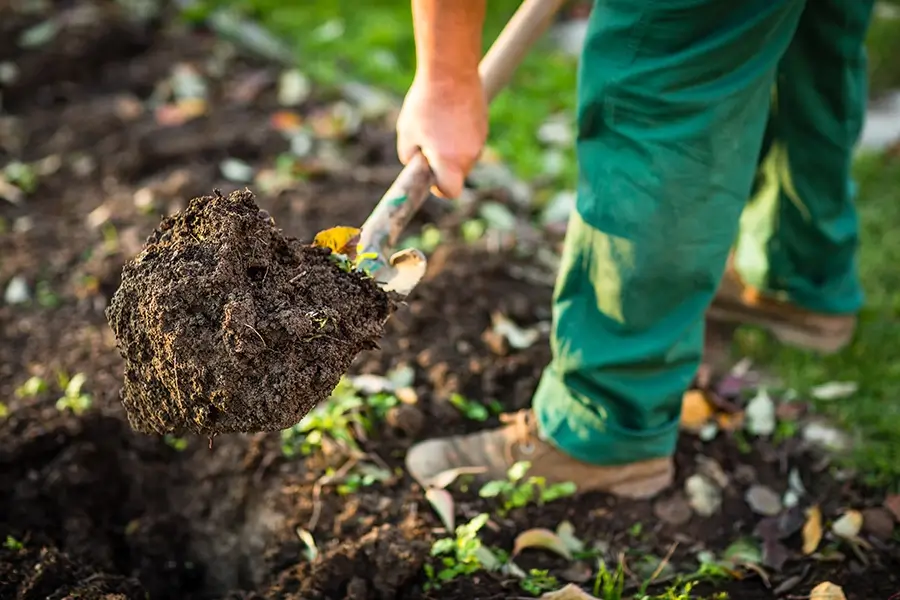
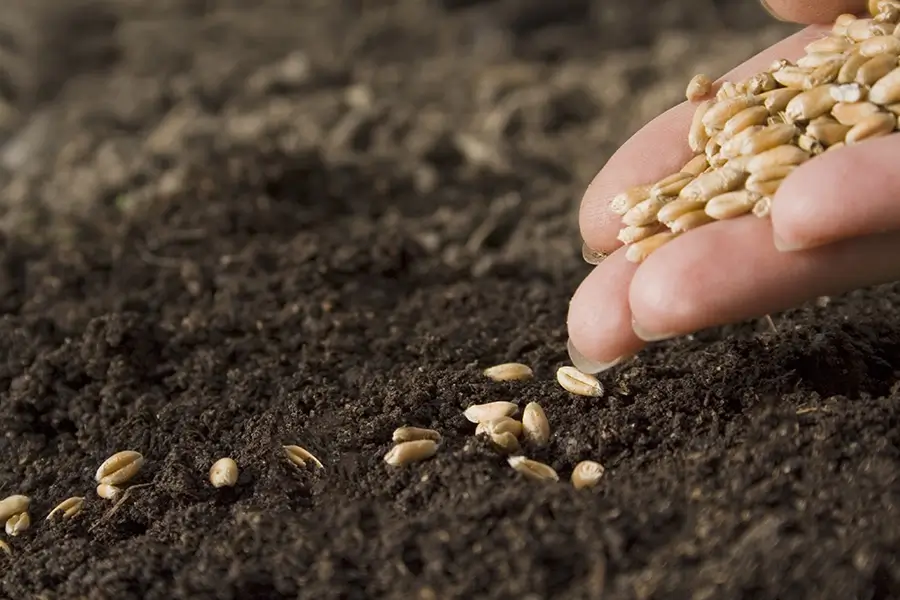
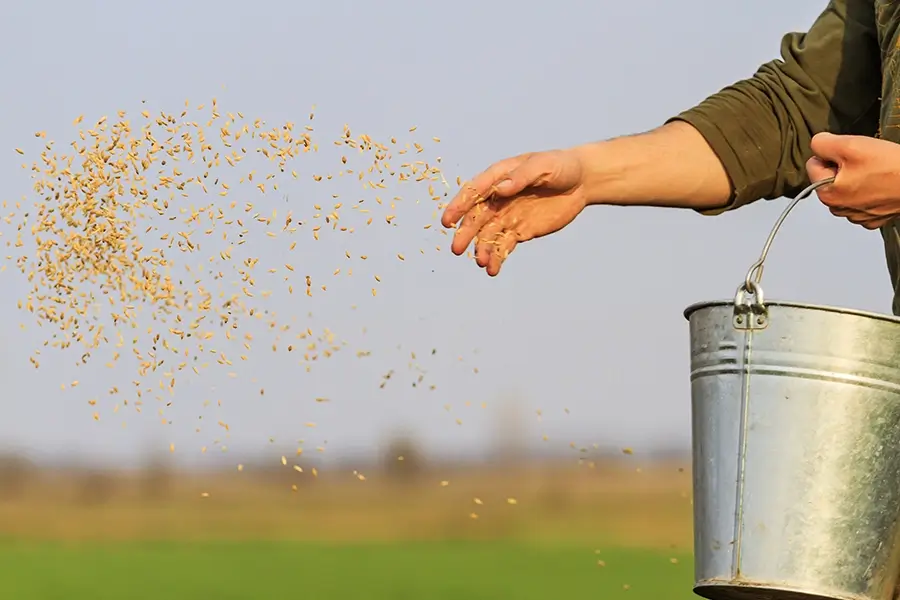

Creating Beautiful Utah Landscapes Since 1993
The Benefits of Broadcast Seeding
Aside from restoring landscapes and preventing soil erosion, broadcast seeding has other advantages that you can benefit from. Here are some more reasons that will compel you to render the service:
1. Optimal Coverage
Broadcast seeding is important as it enables us to efficiently cover large areas with seeds, ensuring widespread distribution for effective vegetation establishment. This method is ideal for reclamation and restoration projects that require extensive coverage.
2. Soil Stabilization
Broadcast seeding plays a crucial role in soil stabilization. By evenly dispersing seeds across the project site, we establish a dense and interconnected network of plant roots. This helps anchor the soil, prevent erosion, and reduce the risk of sediment runoff. As a result, broadcast seeding minimizes topsoil loss and protects valuable land resources.
3. Biodiversity Enhancement
We recognize the significance of biodiversity in restoring and enhancing ecosystems. We introduce a diverse range of seed species through broadcast seeding. This promotes the establishment of varied plant communities, fosters biodiversity, creates habitats for wildlife, and contributes to ecological balance and resilience.
4. Cost-Effectiveness
Broadcast seeding offers a cost-effective solution for revegetation projects. It requires less labor and equipment compared to other seeding methods. By efficiently distributing seeds over larger areas, we optimize resources, reduce operational costs, and make land restoration more economically feasible for our clients.
5. Versatility
One of the advantages of broadcast seeding is its versatility. We can easily perform it on various terrains and project sizes, including slopes, hillsides, and large open areas. Whether it’s a post-construction site, disturbed land, or degraded ecosystem, broadcast seeding is adaptable and effective in addressing diverse land restoration needs.
6. Faster Germination
The widespread distribution of seeds enhances the chances of seed-to-soil contact, ensuring better moisture absorption and optimal growing conditions. This results in quicker establishment and growth of vegetation, accelerating the recovery and transformation of the landscape.
FAQs
1. What is broadcast seeding?
Broadcast seeding is a method where seeds are spread or scattered evenly over a designated area by hand or using mechanical equipment. It involves casting the seeds across the soil surface without specific placement or incorporation into the soil.
2. What are the best conditions for broadcast seeding?
The best conditions for broadcast seeding typically involve moist soil and favorable weather for germination. Adequate moisture, proper temperature range, and suitable growing conditions are specific to what seeds you intend to use and are essential factors to consider.
3. How should seeds be distributed during broadcast seeding?
There are various methods you can consider. Hand spreading suits small areas, while mechanical equipment like seed spreaders or broadcast seeders is for larger spaces. These tools help achieve more even seed distribution, and you can calibrate them to control the seeding rate.
4. What are the challenges of broadcast seeding?
Broadcast seeding has a few challenges you need to consider. The lack of seed placement control can result in uneven distribution. Competition from existing vegetation or weed pressure can also affect seed germination and establishment.
5. Do I need to cover the seeds after broadcast seeding?
While not always required, covering the seeds after broadcast seeding can help improve seed-to-soil contact and protect the seeds from being eaten by birds or washed away by heavy rain. You can use light raking, rolling, or mulching techniques to cover the seeds without burying them too deeply.
6. How long does it take for seeds to germinate after broadcast seeding?
The duration varies depending on several factors, including the seed species, environmental conditions, soil moisture, and temperature. Some seeds may germinate within a week, while others may take several weeks or months.
7. How often should I water the area after broadcast seeding?
Watering frequency after broadcast seeding depends on the moisture needs of the seed species and environmental conditions. It’s important to keep the seeded area consistently moist but not waterlogged during the germination and establishment phase.
8. Can I use fertilizer during broadcast seeding?
Yes, using a fertilizer with broadcast seeding can provide essential nutrients for seedling growth and establishment. Remember to select a fertilizer with appropriate nutrient ratios and follow the recommended application rates to ensure healthy plant development.
9. Can broadcast seeding be used for erosion control?
Yes. Establishing vegetation quickly and covering the soil surface with a protective layer of plants helps prevent erosion caused by wind or water. Using erosion control blankets or mulch and broadcast seeding can enhance erosion control efforts.
Why Choose Us
- Providing Professional and Quality Services Since 1993
- Specializing in a Diverse Range of Projects in Utah, Wyoming, Colorado, and Idaho
- Restoring and Stabilizing Your Land With Your Vision in Mind
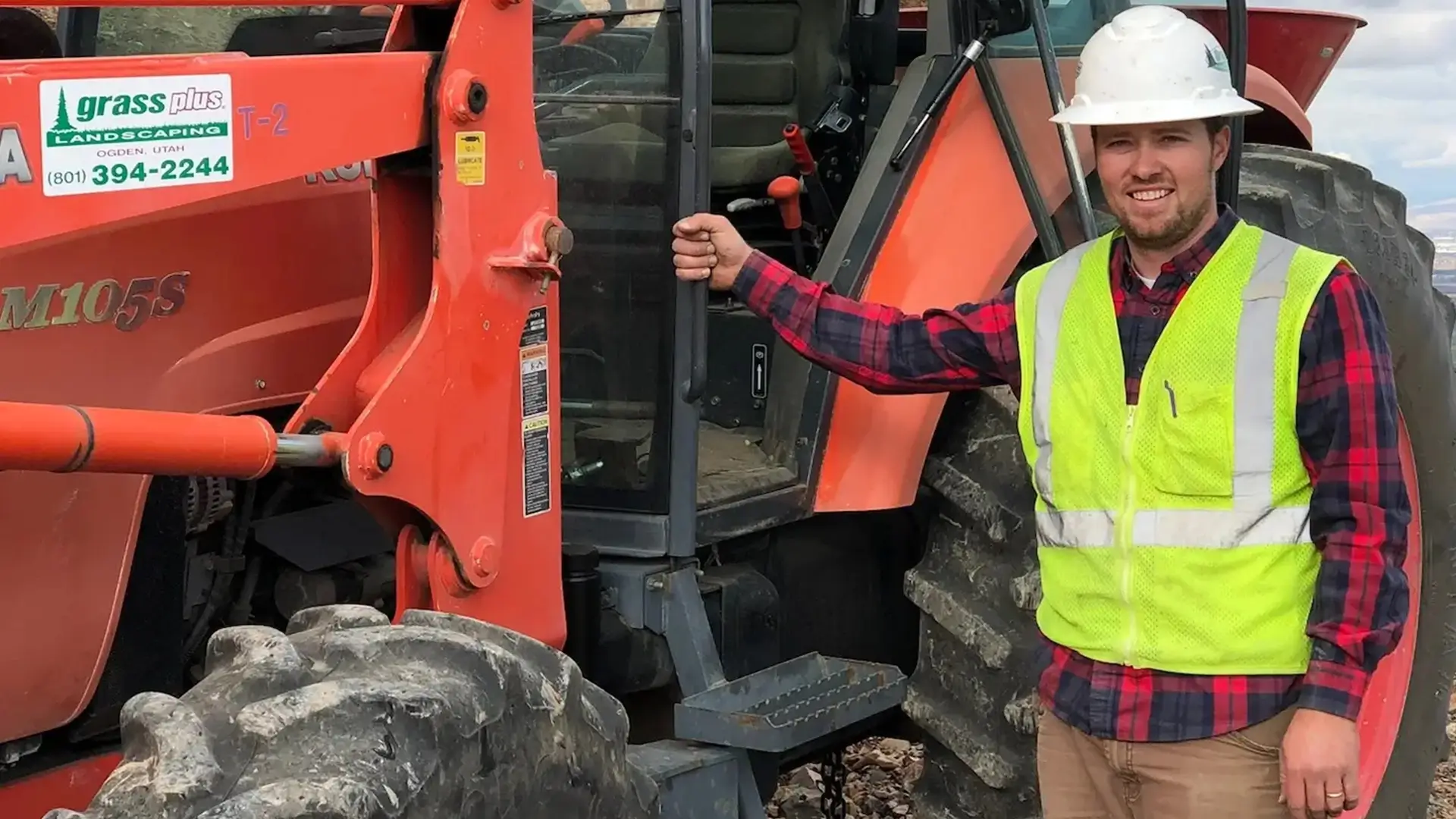
Get In Touch
- Email Us
- (801) 394-2244
-
554 E. 2200 N. Eden,
UT 84310 -
Monday to Friday,
9 AM to 5 PM
Contact Grass Plus, Inc. Today
Ensure that your property has the vegetation it needs by trusting Grass Plus, Inc. for broadcast seeding service! If you have any inquiries regarding our broadcast seeding, feel free to contact our expert team. We’ll be ready to answer all your questions and concerns.


